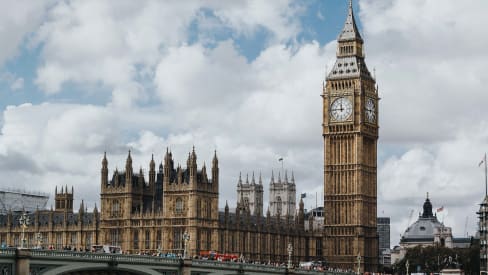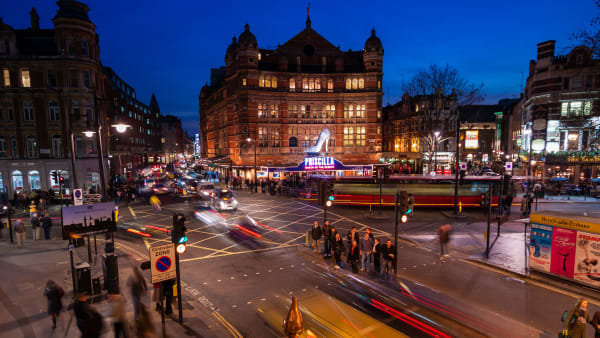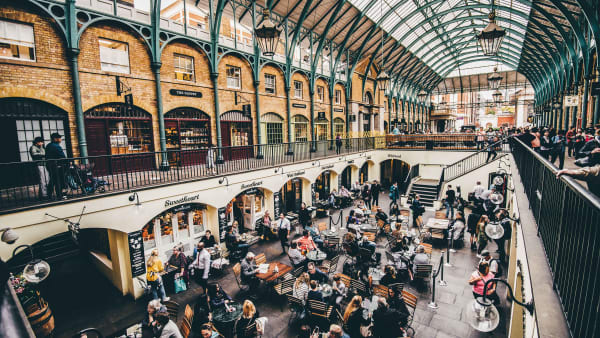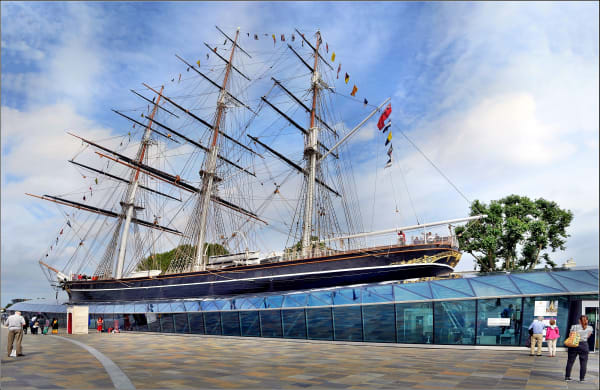Big Ben
Officially Elizabeth Tower but more commonly known as Big Ben, the clock tower of Westminster Palace is a world-famous landmark
Big Ben
Officially Elizabeth Tower but more commonly known as Big Ben, the clock tower of Westminster Palace is a world-famous landmark
Big Ben is the name most commonly used to refer to the clock tower at the northern end of the Westminster Palace, whose official name since 2012 is actually Elizabeth Tower. The Big Ben tower, thanks to its beauty, size, and precision (at least at the time of its making), has become one of the most - if not the most - recognisable symbols of London, making it one of the most famous clocks in the world.

Although the term Big Ben is interchangeably used to refer to the tower, its clock, and its biggest bell, it originally was a nickname given to the Great Bell of the Great Clock of Westminster. This bell is the largest of the five inside the tower, and tradition has it that it was nicknamed after Benjamin Hall, the engineer who oversaw the bell’s installation.
The clock tower was built as an addition to the new Palace of Westminster, after the destruction of the old one in 1834. As such, it was designed in Neo-Gothic style, to match the rest of the building. At the time of its making, it was the tallest clock tower in the UK. Inside it, the bell known as Big Ben was so big that it had to be recast several times. Finally, in 1863, the manufacturers figured out a way to avoid it cracking every so often.
The Great Bell’s strikes were heard for the first time on the 11th of July 1859, just a few months after the Great Clock had started ticking. Although the clock tower’s stonework and decorations were damaged in 1941 during World War II, the damages were fixed and the construction has not suffered substantial damage since.
Interesting facts about Big Ben
- The Big Ben bell weighs around 13.7 tonnes, with a diameter of 8.9 feet (2.7 m). The hammer inside the bell weighs 441 pounds (200 kg). The tower itself is 316 feet (96 m) tall, with sides measuring 40 feet (12 m) each. The four clocks visible from the outside all have a diameter of 23 feet (7 m), with minute hands that weigh around 220 pounds (100 kg).
- 28 85-watt bulbs are needed to light up the faces of the Big Ben clocks. Additionally, when Parliament is in session, a special light above the faces is illuminated.
- The gold decorations on top of the Big Ben clock are made out of real gold. This is because of the material’s resistance, which makes it cheaper than having to replace the ornaments every few years.
- It is said that a flock of birds once nested on the minute hand in 1944. Apparently, the nest weighed the hand enough that it caused the clock to run too slowly and thus needed to be removed.
- Although it is no Tower of Pisa, the Elizabeth Tower actually leans at a slight angle of 0.04 degrees. The inclination is barely noticeable, but it’s there.
- The swinging of the Big Ben pendulum is regulated by a stack of coins. It is said that, if the pendulum runs too fast, a penny is added, and if it runs too slow, a penny is taken off.
How can you go inside Big Ben?
You can only go inside the Big Ben clock tower by booking a tour through the parliament’s website . These tours are only available to UK citizens, who need to contact their MPs for visitor permits. Foreign citizens are not allowed to visit Big Ben.
Touring the tower involves a 334-step climb up a narrow spiral staircase. For this reason, the tour is not suitable for most visitors with physical disabilities, heart and respiratory conditions, as well as high blood pressure. Furthermore, visitors who are pregnant (especially in the later stages) or with conditions that might affect balance are advised against this tour.
Guide dogs are not permitted inside the tower due to the bells chiming. Visits from people with hearing or visual impairments can be accommodated, but it is advised to contact the Big Ben Office. Sensible footwear is required, meaning that open-toed sandals with no straps, flip-flops, and high heels are not permitted.
Big Ben closed for restoration
Location
London SW1A 0AA, Westminster area.
The Big Ben is located in London’s Westminster area, along the River Thames’ northern bank. The Westminster district is known for its numerous landmarks: just south of the clock tower is the Houses of Parliament, Westminster Palace, while Westminster Abbey is just west of the two.
Crossing Westminster Bridge and walking a few minutes north you’ll find the London Eye. If instead, you head west, beyond Westminster Abbey is St James’s Park, which leads to Buckingham Palace.
Entries and price
UK visitors can visit the Big Ben clock tower by booking a tour which does not have an entry fee. However, prior booking is required. If you want to visit the tower, we recommend you book well in advance, as seats are limited and often sold-out months ahead.
Big Ben closed for restoration
Schedule
Big Ben is normally only open for scheduled tours. These take place on Saturdays at 9:00 am, 11:00 am, and 2:00 pm.
| 1st tour |
|---|
| Saturday, 9:00 am |
| 1st tour | 2nd tour | 3rd tour |
|---|---|---|
| Saturday, 9:00 am | Saturday, 11:00 am | Saturday, 2:00 pm |
Transport
Being in one of the most central areas of London, Big Ben is easily reachable with several means of transport. The most popular one is certainly the Underground. If you get off at Westminster, which is right in front of Big Ben, you can use the Circle, District, or Jubilee lines.
If you prefer to go by bus, the closest stop is right in front of Big Ben. Lines 148 and 211 can both drop you off there. Alternatively, routes 3, 11, 12, 87, 88, 159, and 453 will also leave you not far from the monument.
You can find a summary of the public transport options in the table below.
| Method |
|---|
| Lines |
| Stops |
| Method | Underground | Bus |
|---|---|---|
| Lines | Circle, District, Jubilee | 3, 11, 12, 87, 88, 148, 159, 211, 453 |
| Stops | Westminster | - |
Of course, you can also decide to go by cab, but we don’t recommend it. This is because of the high London taxi fares and heavy traffic in the inner city.
Nearby sights
Westminster Palace - right next to Big Ben.
Westminster Abbey - right behind Big Ben and Westminster Palace, just a little to the west.
St James’s Park - 450 m (0.3 miles) west, 6-minute walk.
London Eye - 600 m (0.4 miles) northeast, 8-min walk just across the river.
Trafalgar Square - 1 km (0.6 miles) north, 12-minute walk.
National Gallery - 1 km (0.6 miles) north, 13-minute walk.
National Portrait Gallery - 1.1 km (0.6 miles) north, 14-minute walk.
Buckingham Palace - 1.3 km (0.8 miles) west, 16-minute walk.














